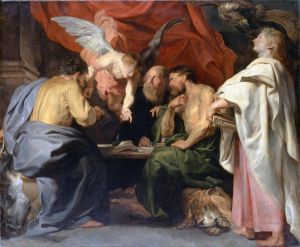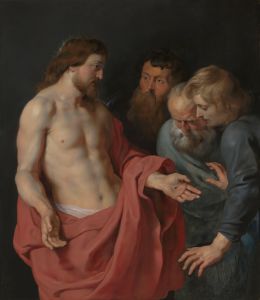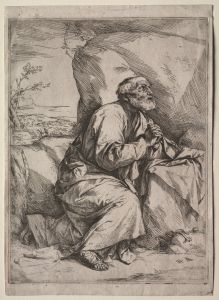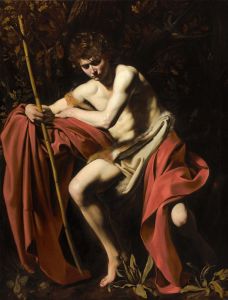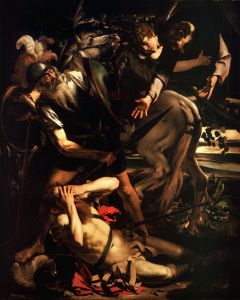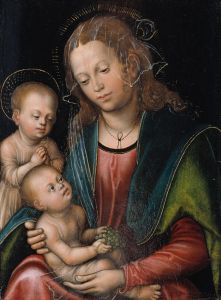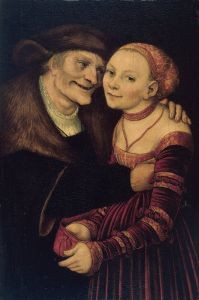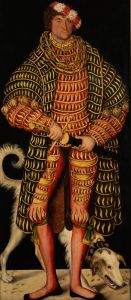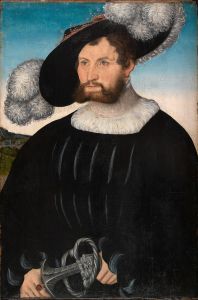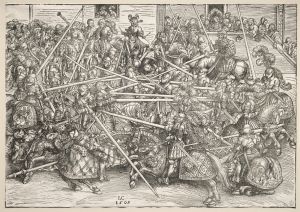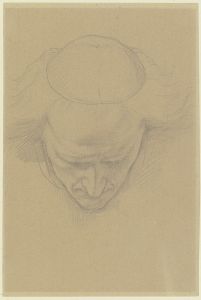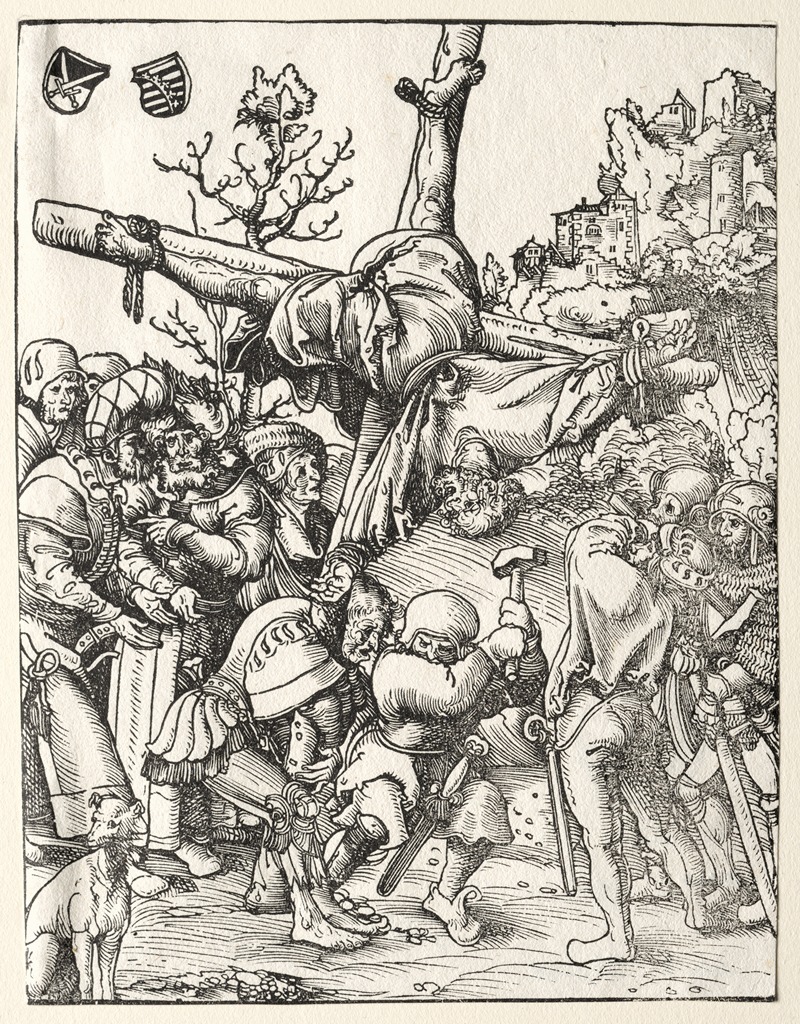
Martyrdom of St. Peter
A hand-painted replica of Lucas Cranach the Elder’s masterpiece Martyrdom of St. Peter, meticulously crafted by professional artists to capture the true essence of the original. Each piece is created with museum-quality canvas and rare mineral pigments, carefully painted by experienced artists with delicate brushstrokes and rich, layered colors to perfectly recreate the texture of the original artwork. Unlike machine-printed reproductions, this hand-painted version brings the painting to life, infused with the artist’s emotions and skill in every stroke. Whether for personal collection or home decoration, it instantly elevates the artistic atmosphere of any space.
Lucas Cranach the Elder, a prominent German Renaissance painter, is known for his significant contributions to the art world during the 16th century. However, there is no record of a painting titled "Martyrdom of St. Peter" attributed to him. Cranach's oeuvre primarily includes portraits, religious subjects, and mythological scenes, with a distinctive style characterized by precise lines and vibrant colors.
Cranach was born in 1472 in Kronach, Germany, and became one of the leading artists of his time. He was closely associated with the Protestant Reformation and was a friend of Martin Luther, often creating portraits of the reformer and other key figures of the movement. Cranach's workshop was highly productive, and he was known for his ability to produce numerous works with the help of his assistants and family members, including his son, Lucas Cranach the Younger.
The artist's religious paintings often depicted biblical scenes and saints, but there is no documented evidence of a work specifically focusing on the martyrdom of St. Peter. St. Peter, one of Jesus Christ's apostles, is traditionally believed to have been martyred in Rome by crucifixion, and this subject has been depicted by various artists throughout history. However, it does not appear to be a theme Cranach explored in his surviving works.
Cranach's religious paintings typically reflect the theological and cultural shifts of his time, often incorporating elements that align with Protestant ideals. His works are noted for their attention to detail, expressive figures, and the incorporation of symbolic elements. Some of his well-known religious paintings include "The Crucifixion," "The Last Supper," and "The Judgment of Paris," though the latter is more mythological in nature.
The absence of a painting titled "Martyrdom of St. Peter" in Cranach's catalog may be due to various reasons, such as loss over time, misattribution, or simply that he never painted such a scene. Art historical records and catalogs of Cranach's work do not list this painting, and it is not mentioned in major collections or exhibitions dedicated to his art.
In summary, while Lucas Cranach the Elder was a prolific artist with a wide range of subjects, there is no verified information or existing documentation of a painting by him titled "Martyrdom of St. Peter." His legacy, however, remains significant in the context of Renaissance art and the Protestant Reformation, with numerous works that continue to be studied and admired for their artistic and historical value.






